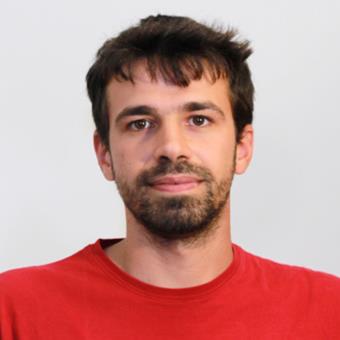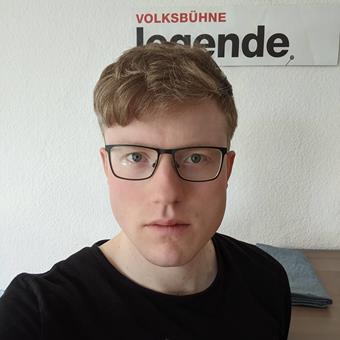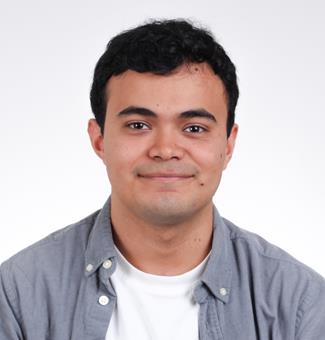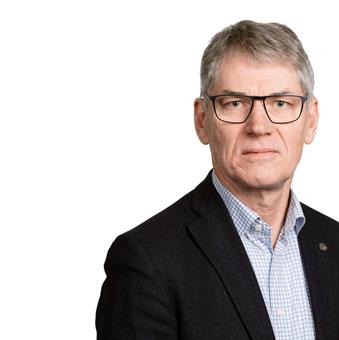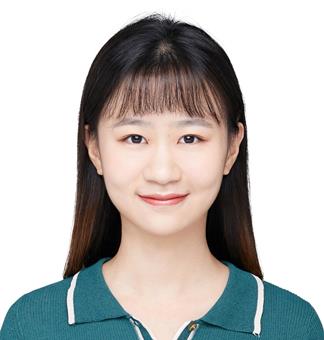To me, research depends on an interaction between ideas and people. I myself was very lucky with my supervisors, first during my candidate and doctorate studies in physics and mathematics at the Moscow Steel & Alloys Institute in Russia under professor Yuri Vekilov, then working under professor Hans Skriver in Denmark and of course professor Börje Johansson at Uppsala University, who became my mentor in terms of science, as well as leadership.
In the Theoretical Physics group here at Linköpings University we actively work on disseminating information within our group. Every week one of our members presents their current research and everyone is encouraged to comment and share their ideas on the subject. We try to let everybody say "look, I have an idea, you are doing this and if you did this instead it could work better". It is important that everyone feels that they can contribute and that their contributions will be rewarded. Everyone who contributed intellectually to the project are credited as co-authors; if you deserve to be on the paper you will be. Those who have contributed are due their recognition.
At the same time only those who actually contribute get their names on the paper. We have systematic meetings which define who are involved in a project and to the point where everyone involved feel that they are involved and will be the ones who are going to write this paper. It really is very self-evident in practice and it creates a good working environment and a successful group.Research interests
Prof. Abrikosov's research interests lie in theoretical simulations with the goal to deepen the fundamental understanding of materials properties, starting with the basic principles of quantum mechanics, and to deliver this knowledge to applied materials science, adjacent scientific disciplines, and the industry. The research covers a broad spectrum of fundamental problems within theoretical solid-state physics. Some specific examples:
- Theory of the Invar effect in Fe-Ni alloys [Nature 400, 46 (1999)].
- Discovery of a pressure-induced phase separation in Fe-Si [Nature 422, 58 (2003)].
- Discovery of stabilization of bcc Fe-Ni alloys at high pressure [Science 316, 1880 (2007)].
- Theory of the oxygen storage capability of ceria and improving fuel cell efficiency by co-doping [Phys. Rev. Lett. 89, 166601 (2002), PNAS 103, 3518 (2006), and patent]
- Concept of multicomponent alloying for hard coatings [APL 99, 091903 (2011) and patent].
- Discovery of electronic topological transition in hcp Fe [PRL 110, 117206 (2013)].
- Discovery of novel electronic transition in Os compressed to 770 GPa [Nature (2015)].
Current projects
- A node within International Interdisciplinary Materials Science Laboratory for Advanced Functional Materials from the Swedish Government support to Strategic Research Areas (2010 - , coordinated by Magnus Berggren);
- “Predictive theoretical approach to knowledge-based materials design” from the Swedish Research Council (VR, 2012-2015);
- Individual Grant to Successful Research Leader “Quantum Theory for Atomistic Materials Design” from the Swedish Foundation for Strategic Research (SSF, 2012-2016);
- “Materials at extreme conditions: discovering fundamental relationships to accelerate knowledge-based design” from the Swedish Research Council (VR, 2016-2019);
- A node within Swedish e-Science Research Centre frrom the Swedish Government support to Strategic Research Areas, (2010 - , coordinated by Dan Henningson);
- Competence Platform "Materials Modeling" within Linköping Linnaeus Initiative for Novel Functional Materials, supported by the Swedish Research Council (VR, 2006-2016).
- A node within project “Isotopic Control for Ultimate Material Properties” from Knut and Alice Wallenbergs Foundation (2012-2016, coordinated by Erik Janzén);
- Frame program “FUNCASE Functional Carbides and Advanced Surface Engineering” from the Swedish Foundation for Strategic Research (SSF, 2013-2017, coordinated by Prof. J. Rosen);
- A node within project “Nanoparticles by Pulsed Plasma” from Knut and Alice Wallenbergs Foundation (2013-2017, coordinated by Ulf Helmersson).
- A node within project “Strong Field Physics and New States of Matter” from Knut and Alice Wallenbergs Foundation (2014-2019, coordinated by Patrick Norman)
















